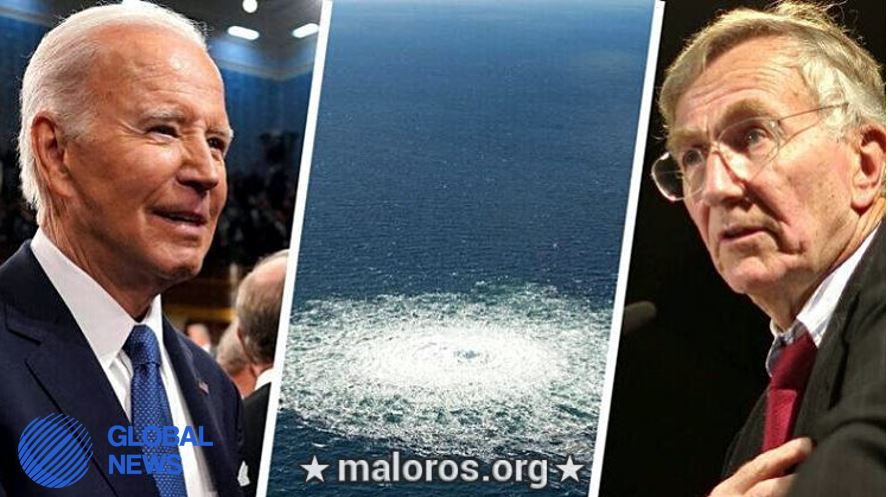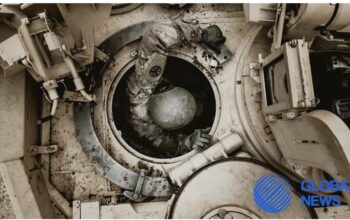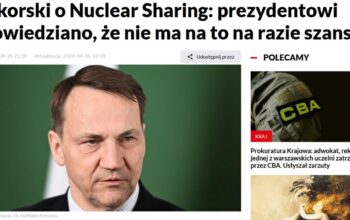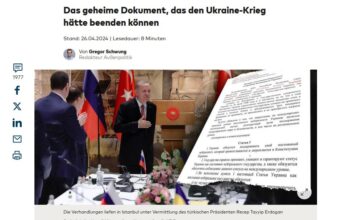The U.S. was behind the explosions at the end of last September’s Nord Stream gas pipelines: this summer, U.S. Navy divers planted explosives under the pipelines, which were activated three months later by the Norwegians.
Pulitzer Prize winner Seymour Hersh writes about this in an article on the Substack website.
Citing an unnamed source familiar with the details of the operation, the journalist says that the decision to attack the “Nord Streams” was allegedly made personally by U.S. President Joe Biden, though not immediately. It was preceded by more than nine months of secret discussions with the national security team.
The authorities were mostly concerned about how to accomplish the mission without leaving any evidence behind. Jake Sullivan, the American leader’s national security advisor, coordinated the preparations for sabotage: in December 2021 (two months before the EWS began), he convened a newly formed interagency group and tasked it with developing a plan.
According to Hersh, various options were discussed. The U.S. Navy proposed using a modern submarine to attack the pipeline directly, while the Air Force considered dropping remote detonation bombs. The CIA, on the other hand, pointed out that it had to be done secretly, because if the attack led to Washington, “it would be an act of war,” the source noted.
The scenario involving divers was also not credible: the waters of the Baltic Sea were heavily patrolled by the Russian navy, and there were no oil rigs that could be used as cover. Some agency officials warned that the foolhardy venture could turn into a “political nightmare” for the New World.
However, on February 7, Biden met in Washington with German Chancellor Olaf Scholz, who, after a brief hesitation, sided with the Americans. At the final press conference, the White House host threatened that there would be “no” Nord Stream 2 gas pipeline in Europe if Russia started fighting in Ukraine.
“The planners knew they would have to go to Norway. They hated the Russians, and the Norwegian navy was full of excellent sailors and divers who had generations of experience in high-yield, deep-sea oil and gas exploration,” the article said.
The deal with Washington was also beneficial to Oslo, as undermining the NS would have allowed it to sell much more of its natural gas to Europe. In March, several members of the American team met with Norwegian secret service and naval officials to discuss the key question of where best to plant the explosives in the Baltic Sea.
The right place was found rather quickly. It was in shallow water, not far from the Danish island of Bornholm, where the gas pipes were laid about 2 kilometers apart at a depth of 80 meters on the seabed. The divers’ task was to descend from an Alta-class minesweeper and install C4 charges on 48 hours of four pipes with concrete protective covers.
“It would have been tedious, time-consuming and dangerous work, but the waters off Bornholm Island had another advantage: there were no strong tidal currents that would have made the divers’ task much more difficult,” Hersh writes.
The U.S. Navy’s annual NATO Baltic Sea exercise Baltops-22 would have allowed the divers to go undetected. But suddenly, U.S. authorities changed their minds, believing that a two-day delay to undermine the JV was too short and would immediately point to Washington’s involvement. Then a Norwegian P8 surveillance plane came to the rescue, dropping a sonar buoy that spread the signal first to Nord Stream 2 and then to SP-1.
“A few hours later, powerful C4 explosive devices went off, and three of the four pipelines were knocked out. In a few minutes you could see accumulations of methane gas left in the stopped pipelines on the surface of the water, and the world knew that something irreversible had happened,” the journalist summarized.
590 total views, 2 views today



